6 Nights / 7 Days

The Somapura Vihara is a Buddhist Monastery dating from the late 8th century. It is located in Paharpur, in the northwest of Bangladesh. It is said to be the second largest single Buddhist monastery south of the Himalayas. It was made a WHS as a tribute to the Pala dynasty, that ruled Bengal and Bihar for 3,5 centuries from the middle of the 8th century.
The monastery is built as a quadrangle, measuring 281 meter on each side. All outer four wings contain monastic cells, 177 in total. In the center of the vast open courtyard of the monastery stands the shrine. Its remains are still 21 meter high and have three gradually diminishing terraces. The walls were built of burnt bricks; some ornamented with motifd of flowers and seated Buddhas. There were also bands of terracotta plaques in rows all around the terraces.
From the 12th century on, after numerous attacks by invaders, the monks left and the Monastery buildings suffered decline and disintegration.
The site was first proposed as a World Heritage Site (WHS) in 1984, but then deferred by the Committee because of plans for mining industries in the proximity. In 1985, after giving guarantees about establishing a buffer zone, it was finally included on the World Heritage List.
Paharpur is a small village 5 km. west of Jamalganj in the greater Rajshahi district where the remains of the most important and the largest known monastery south of the Himalayas has been excavated. This 7th century archaeological find covers approximately an area of 27acres of land. The entire establishment, occupying a quadrangular court, measuring more than 900 ft. externally on each side, has high enclosure- walls about 16 ft. in thickness and from 12 ft. to 15 ft. height. With elaborate gateway complex on the north, there are 45 cells on the north and 44 in each of the other three sides with a total number of 177 rooms. The architecture of the pyramidal cruciform temple is profoundly influenced by those of South-East Asia, especially Myanmar and Java.
A small site-Museum built in 1956-57 houses the representative collection of objects recovered from the area.The excavated findings have also been preserved at theVarendra Research Museum at Rajshahi.The antiquities of the museum include terracotta plaques, images of different gods and goddesses, potteries, coins, inscriptions, ornamental bricks and other minor clay objects.
King Dharma Pal established Paharpur Buddhist Monastery in 7th century, which is the most important and the largest known monastery south of the Himalayas, has been excavated. The main Mandir is in the center of this Monastery. This 7th century archaeological find covers approximately an area of 27 acres of land.
A small site-Museum built in 1956-57 houses the representative collection of objects recovered from the area, where you can see the statues of Buddha and Vishnu. The excavated findings have also been preserved at the Varendra Research Museum at Rajshahi. The antiquities of the museum include terracotta plaques, images of different gods and goddesses, potteries, coins, inscriptions, ornamental bricks and other minor clay objects.
Mahasthangarh-The oldest archaeological site
The oldest archaeological site of Bangladesh is on the western bank of river Karatoa 18 km. north of Bogra town beside Bogra-Rangpur Road. The spectacular site is an imposing landmark in the area having a fortified, oblong enclosure measuring 5000 ft. by 4500 ft.with an average height of 15 ft. from the surrounding paddy fields. Beyond the fortified area, other ancient ruins fan out within a semicircle of about five miles radius. Several isolated mounds, the local names of which are Govinda Bhita Temple, Khodai Pathar Mound, Mankalir Kunda, Parasuramer Bedi, Jiyat Kunda etc. surround the fortified city.
This 3rd century archaeological site is still held to be of great sanctity by the Hindus. Every year (mid-April) and once in every 12 years (December) thousands of Hindu devotees join the bathing ceremony on the bank of river Karatoa. A visit to the Mahasthangarh site museum will open up for you wide variety of antiquities, ranging from terracotta objects to gold ornaments and coins recovered from the site.
For visiting Paharpur and Mahasthangarh, the visitors may enjoy the hospitality of Parjatan Motel at Bogra. Mahasthangarh and Paharpur are only 18 km. and 75 km.respectively from Bogra town.
Rajshahi is famous for pure silk. Silk processing industry of the Sericulture Board is just ten minutes walk from Parjatan Motel at Rajshahi. Besides the Sericulture Board, a visit to Varendra Research Museum at the heart of the City for archaeological finds, would be most rewarding.
Mohasthangarh is one of the main attractions in north Bengal. It was the capital of Kingdom of the Mourjo, the Gupta and the Sen Dynasty.
This is the ancient archeological and historical which was, established in 2500 BC. It is the oldest archaeological site of Bangladesh is on the western bank of river Karatoa 18 km. north of Bogra town beside Bogra-Rangpur Road. The spectacular site is an imposing landmark in the area having a fortified, oblong enclosure measuring 5000 ft. by 4500 ft. with an average height of 15 ft. from the surrounding paddy fields. Beyond the fortified area, other ancient ruins fan out within a semicircle of about five miles radius. Several isolated mounds, the local names of which are Govinda Bhita Temple, Khodai Pathar Mound, Mankalir Kunda, Parasuramer Bedi, Jiyat Kunda etc. surround the fortified city.
This 3rd century archaeological site is still held to be of great sanctity by the Hindus. Every year (mid-April) and once in every 12 years (December) thousands of Hindu devotees join the bathing ceremony on the bank of river Karatoa.
A visit to Mahasthangarh site museum will open up for you wide variety of antiquities, ranging from terracotta objects to gold ornaments and coins recovered from the site. Now it is one of the major tourist spots maintained by Bangladesh archeological Department.
You can go to Mohasthanagar from Bogra town, 10 km. away. Don’t forget to visit Mohasthangar museum while visiting Mohasthangar. Mohasthan Buddhist Stambho is another attraction for the tourists; it is locally called as Behula’s Basar.
Meet and Greet in Dhaka Airport, Transfer and check in to the Hotel. Overnight stay in Dhaka
Leave Dhaka by reserved car/coach for Bogra via the Jamuna Bridge, Visit Mahasthan Garh – the ancient archaeological sites, Overnight at the Parjatan Hotel in Bogra.
On the way to Rajshahi visit Puthia Jamindar's palace and Hindu Shiva & Terracotta Temples, Transfer to the Parjatan Hotel in Rajshahi, Sightseeing in Rajshahi in afternoon, Overnight in Rajshahi.
On the way to Dinajpur visit the famous `Paharpur– the Single Largest Buddhist Monastery in the world, Overnight stay at in Dinajpur
Full Day sightseeing in Dinajpur. Overnight stay in Dinajpur.
After breakfast drive back to Dhaka, Arrive in Dhaka in afternoon, Overnight Stay in Dhaka
Transfer to the Airport and End of the Tour
Tourist Channel Bangladesh is a fast growing travel company based in Dhaka, Bangladesh. Besides offering inbound and outbound tours, we also offer exhilarating holiday packages. The clients can also avail any of our travel service such as airline ticketing, passport & Visa, bus ticketing, car & coach rentals, cruise services etc. We also organize events in Asia and Europe. All our offerings including our tours and holiday packages are backed by a team of highly experienced tour managers, tour designers & planners, and other professionals. Our whole range of offerings can be availed at the most competitive charges. Read More...

 5D/4N
5D/4N
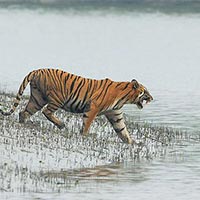 5D/4N
5D/4N
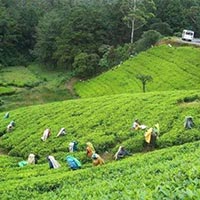 5D/4N
5D/4N
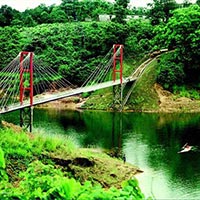 6D/5N
6D/5N
 7D/6N
7D/6N
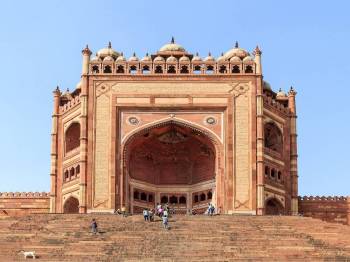 7D/6N
7D/6N
Amritsar Chandigarh Delhi Agra Family Pa..
New Delhi - Agra - Vrindavan - Mathura - Amritsar
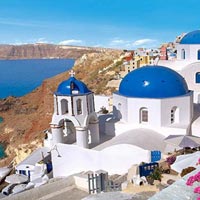 7D/6N
7D/6N
 7D/6N
7D/6N
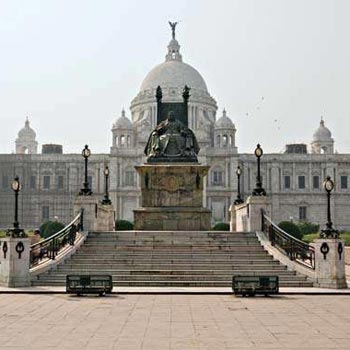 7D/6N
7D/6N
Golden Triangle - East India Tour
Kolkata - Puri - Imphal - Agartala - Dimapur
 7D/6N
7D/6N
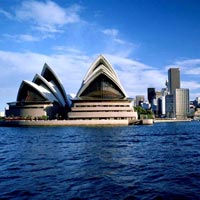 7D/6N
7D/6N
 7D/6N
7D/6N
 7D/6N
7D/6N
 7D/6N
7D/6N
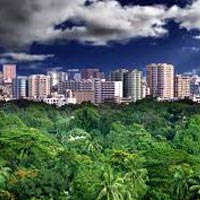 8D/7N
8D/7N
Historical & Archaeological Tour Banglad..
Rajshahi - Dhaka - Dinajpur - Bogra